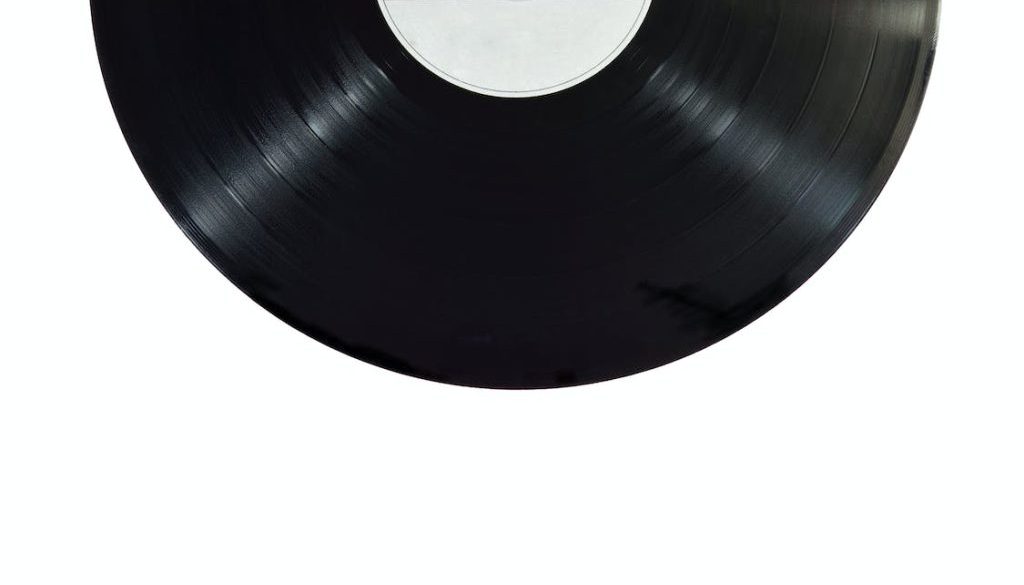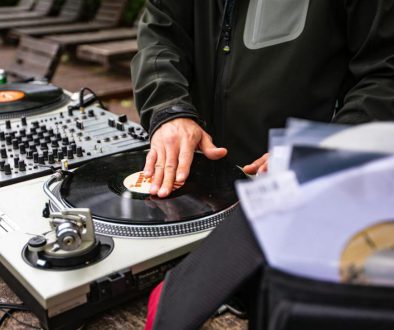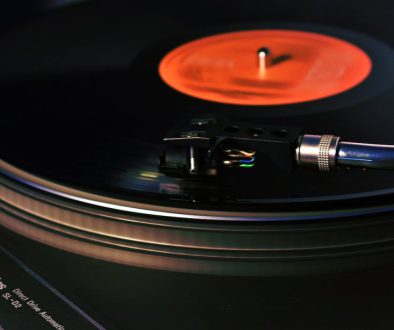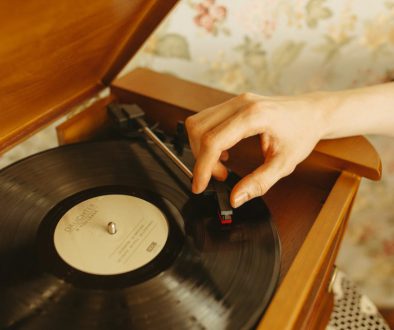What is an LP – What Does an LP Stand For?
In the world of music, the term ‘LP’ is frequently used, but not always fully understood. Standing for ‘Long Play,’ LPs have been a cornerstone in the music industry for decades, revolutionizing how music is consumed and appreciated. This article will delve into what an LP is, its distinctions from vinyl records, its size, how it works, its typical duration, and its significance in the music industry.
What is an LP?
An LP, or Long Play record, is a format of vinyl record characterized by its extended playing time compared to a single or an EP (Extended Play). Introduced by Columbia Records in 1948, the LP was developed to provide a longer duration of music playback, which was not possible with the earlier formats. Typically, an LP can play for about 40-45 minutes, accommodating more tracks than a standard single.
What is an LP vs Vinyl?
The terms ‘LP’ and ‘vinyl’ are often used interchangeably, but they refer to different aspects. ‘Vinyl’ describes the material used to make the record, whereas ‘LP’ refers to the format of the record itself. Essentially, all LPs are made of vinyl, but not all vinyl records are LPs – some could be singles or EPs, which have shorter playtimes.
What Size is LP?
The standard size of an LP is 12 inches in diameter, larger than the 7-inch singles. The size of the LP is one of the reasons it can hold more music. The grooves on an LP are spaced wider apart than on a single, allowing for a longer playing time without a loss in sound quality.
How Does an LP Work?
An LP works by storing audio information in its grooves, which are then read by a needle or stylus on a turntable. As the LP spins, the stylus tracks the grooves and vibrates. These vibrations are converted into electrical signals, amplified, and finally played back as sound through speakers. The unique analog sound of LPs is often praised for its warmth and depth compared to digital formats.
How Long is an LP?
The typical length of an LP is around 40-45 minutes, with each side playing for about 20-22 minutes. This duration is a significant increase from the earlier formats like the 78 rpm records, which could only play for about 3-5 minutes per side. The extended playtime of LPs allowed artists and producers to think more expansively about album compositions, including longer tracks and concept albums.
What’s the Meaning of LP in Music?
In music, LP represents more than just a format; it signifies a cultural shift in how music was experienced and consumed. LPs allowed for the creation of albums as cohesive pieces of art, rather than just collections of singles. This format gave rise to the concept album and allowed artists to explore themes and narratives more deeply, significantly influencing popular music’s evolution.
Conclusion
In conclusion, the LP has been more than just a technological innovation; it has been a medium that transformed the artistic landscape of music. Understanding what an LP is and its significance provides a deeper appreciation for how it shaped the music we listen to and love today.



